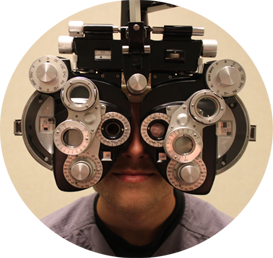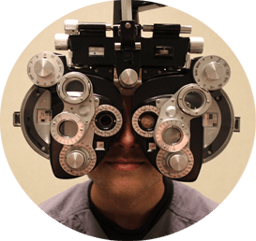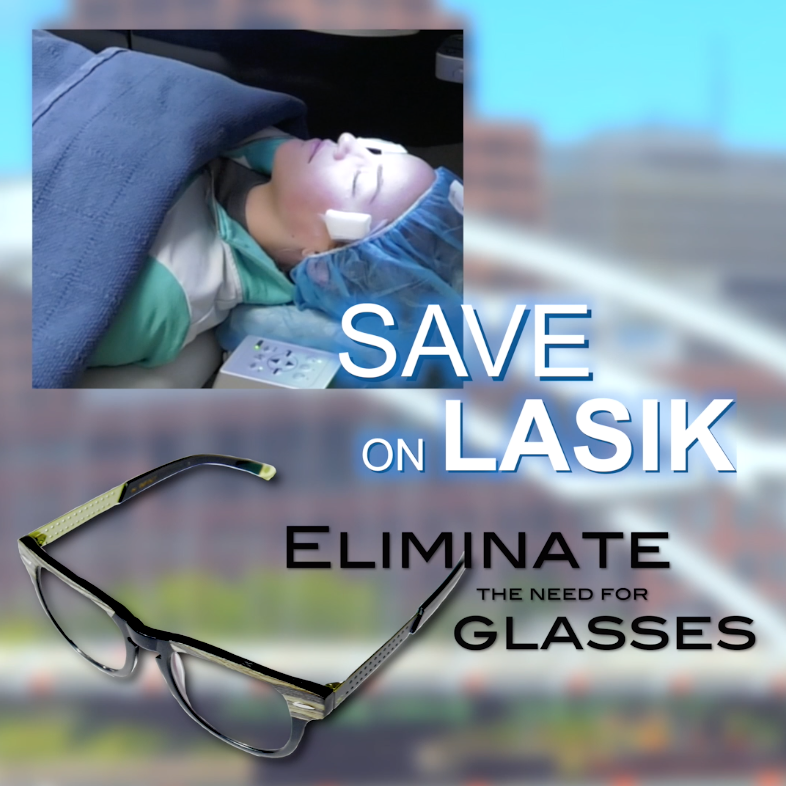
 It’s assumed that 20/20 is known as “perfect” vision, but what does that actually mean?
It’s assumed that 20/20 is known as “perfect” vision, but what does that actually mean?
Perfect according to whom and why? And what about those people who say they have better than 20/20 vision? Is that even possible??
What’s actually kind of crazy is that almost half of U.S. adults don’t have 20/20 vision. Our definition of perfection is one that many people can’t reach!
How is 20/20 vision defined?
What “20/20” means, in the simplest terms, is that you can see at a 20-foot distance what you are supposed to be able to see at a 20-foot distance.
Does that sound vague? That sounds vague.
Basically, this Dutch eye doctor named Herman Snellen developed an eye chart (the Snellen chart—we’re positive you’ve seen one before) in 1862 that, at a distance of 20 feet from the viewer, displayed lines of letters that determined how good a person’s vision is. It starts at the 20/200 line (or what you see at 20 feet is what others can see from 200 feet — meaning you have to be that much closer to see what others can see at 200 feet) and has 20/20 as the goal.
It sounds kind of arbitrary, but to Snellen’s credit, he developed an eye measurement system and a language for talking about visual ability that’s still in use today. Don’t fix what’s not broken.
Perfect vision isn’t 20/20 everywhere. In fact, that’s really only what we call it in the U.S. Countries that use the metric system call it 6/6, referring to 6 meters of distance instead of 20 feet.
So 20/20 is as good as it gets?
No. You can have better than 20/20 vision.
For example, if your vision were 20/15, that means you can step back five feet and read the Snellen chart the same as someone else five feet closer.
In fact, when tested, many people who’ve undergone LASIK report seeing with better than 20/20 vision six months after the surgery.
Does that mean I could see as well as my pet falcon? (I forgot to mention, I’m a falconer.)
Oooh cool hobby! Can I pet her? No? And I should be standing further back? Oh, ok, sorry.
The answer is no. Birds of prey see about eight times as well as humans. Theirs is closer to 20/2 vision. I wouldn’t hold your breath.
More to the point, about 94% of people in a clinical study who underwent LASIK saw 20/20 or better six months after surgery. There are also possible side effects, the most common among them including dry eye or visual disturbances.
So there’s more to consider than just the possibility of 20/20 or better vision. That said, if you’re part of the almost half of American adults with less-than-ideal vision, you can talk to Dr. Lindahl about your expectations and concerns and he can discuss your options.

New Year, New Vision!
Are you ready for 2021? Will you make the standard list of resolutions – all with the best of intentions to put yourself first? It’s tempting to...

Does Medicare Cover LASIK Eye Surgery?
It’s never too late to take steps to correct your vision, and many older adults on Medicare may be wondering if and how LASIK eye surgery is covered...


 The Rochester Eye & Laser Team
The Rochester Eye & Laser Team
